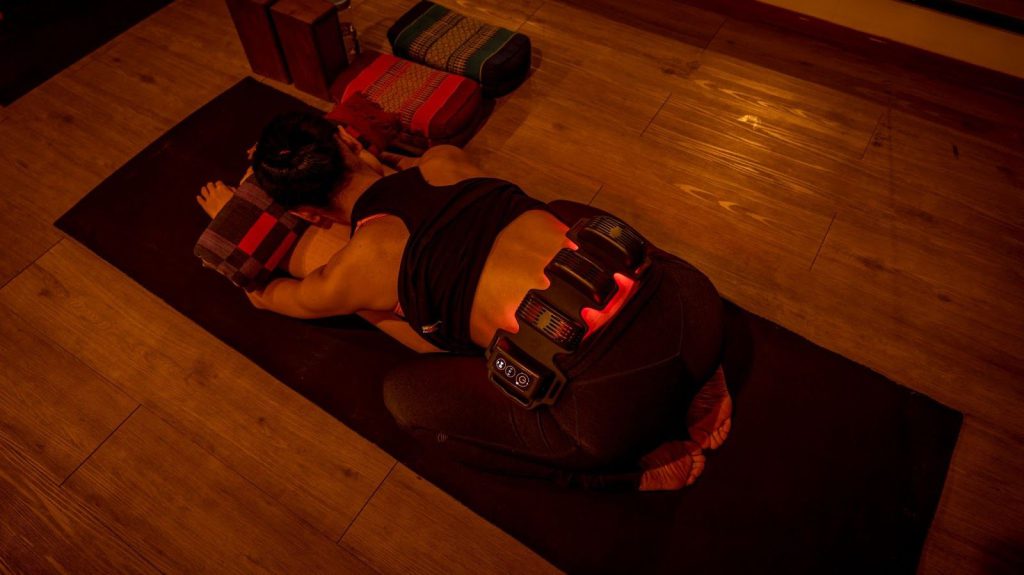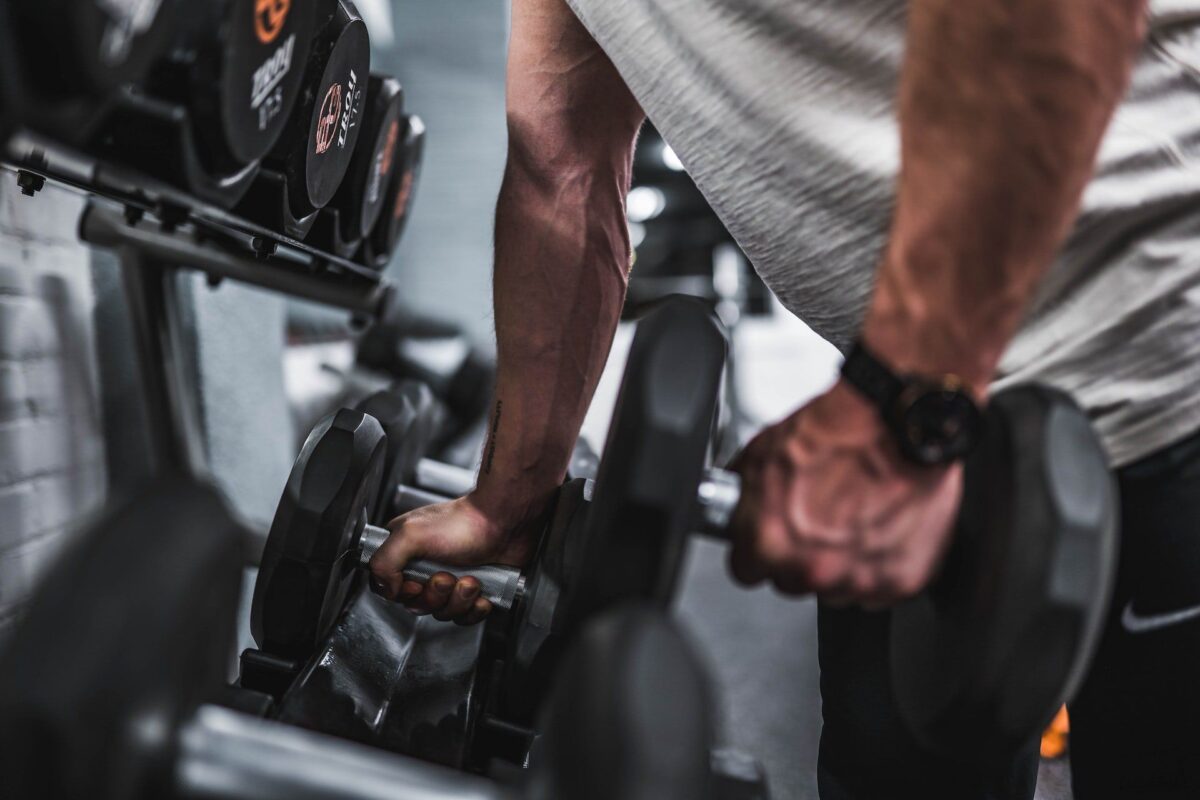Your cart is currently empty!
10 Most Efficient Sport Injury Prevention Methods
Injury prevention is an essential part of any professional guideline for physical activity. According to the CDC, the number of people who participate in physical activity that meets the guidelines for both aerobic activity and muscle strengthening has almost doubled throughout the period between 1998 until 2018.
People are not just exercising more, they are exercising better. There is a lot of information nowadays about how to exercise properly and how to learn excellent exercise techniques.
Those who lead active lives understand that even something as seemingly simple as running has its dos and don’ts. That’s why they ask for the help of professionals.
Coaches and trainers are specialized in providing the primary care of your body through the promotion of and education on wellness. With that said, they are responsible to include an injury prevention programme into your exercise routine. To become and stay healthy and fit, you first must make sure you don’t injure yourself.
Pushing through the pain is not always a good idea as it seems on all those motivational posters in the gym. On the contrary, it can do you more harm than good. Take injury prevention for athletes seriously, not because you want to cut some corners, but because you want to maintain your good form and condition.
Why Is Injury Prevention Important in Sports?
You don’t want to get injured because you don’t want to experience things like foot pain when running and the discomfort of the recovery process. That’s obvious. But, there are some additional reasons why coaches try extra hard to avoid you getting injured.
An acute injury can easily turn into a chronic injury. An acute injury is an injury that happens due to a sudden external influence. For example, you step on something and twist your ankle. If you don’t allow that ankle to heal, the damage will become deeper and more structural. Some tears can heal improperly. Soon enough, it turns into a long-lasting problem.
Overcompensation can lead to an extension of the injury scope. Even when you aren’t trying to do so, your body will try to spare an injured joint or muscle. For example, if you hurt your knee, your body will shift your weight to the other knee while you walk or run, so it allows your injured joint to heal. It leads to increased wear and tear of the healthy joint.
Pausing the training regimen can set you back. Red light therapy can help your body heal faster, but there still isn’t a magical way of healing from a sports injury overnight. You have to wait until you are properly healed. The longer the recovery period lasts, the longer you’ll be off the tracks or a court.
Some injuries can have effects on mental health. Unfortunately, this is usually an overlooked aspect of sports injuries. Especially professional athletes usually can have a hard time adjusting to the changes that come from their injuries. Post-injury depression is a known phenomenon in the world of professional sports.
How Do Athletic Trainers Prevent Injuries?
Rick Bahr, an experienced athletic trainer, claims that injury prevention is foremost in the minds of trainers. Professional athletes have a team of athletic trainers. They monitor all environmental conditions, track the athlete’s performance, and go by the ten golden rules of body injury prevention:
1. Warm-Up is a part of every training session
A warm-up before physical activity and injury prevention exercises are specially designed activities preparing your body for the demands set by a scheduled workout or training. These exercises are created to slowly increase your heart rate, start the blood flow and enable more oxygen for your muscles.
Warm-ups are done right before the start of the training, with no time pause between. Too long of a pause between warm-ups and the beginning of the workout can result in “cooling off” your body, which annuls the effects of injury prevention exercises. This is why warm-ups must be done just before you start with a planned exercise.
2. Pre and post-training red light therapy sessions
Did you know that red and near-infrared light therapy can help with muscle warm-up before training and muscle repair after? Red light therapy is based on the science that our bodies react very well to light of red and near infrared ranges.
Red light consists of photons, which are tiny particles that have electromagnetic charges. When you enjoy your red light therapy, you are exposing your body to these photons. They are responsible for stirring up molecules in our cells that are essential for the healing processes of your body.
When red light therapy is applied before an exercise, the benefits include better performance and a boost of endurance. In addition, this will help you to endure longer and harder training with minor soreness afterward.
3. Gradually planning the training session (from low to high-impact)
Australian Sports Commission wrote in their guide for Training sessions that one session should be developed from these goals:
- session introduction
- warm-up
- skill and fitness activities
- cool-down
- review
4. Making sure that all exercises are done properly
Doing injury prevention exercises properly will save your body from going out of alignment. This can affect tears and strains of your muscles, joints, and tendons. Each of the injury prevention exercises is designed to affect a certain muscle or a muscle group, but also to do it in a manner that’s safe for the rest of your musculoskeletal system.
Sometimes, it is best to cut back on the weight you are using or the number of repetitions if you feel like you cannot maintain the proper technique.
Doing an exercise “half-well” means that you are putting excessive burden on a joint or a muscle that isn’t always able to sustain it. That’s how chronic and some acute injuries happen. Some days, injury prevention stretches can do you more good than weight training you had planned.
5. Keeping all equipment and gear in perfect condition
Wearing inappropriate gear while working out can cause a high degree of discomfort and possibly injury. In addition, ill-fitted clothes can restrict your movement and affect blood circulation. They can also harm your exercise technique, which can lead to further injuries.
For example, tight sleeves that don’t allow your arms to have full range of motion can cause you to burden a wrong set of muscles or tendons and cause injuries.
Another example of injury prevention for athletes is picking the right running shoes. The most crucial injury prevention for runners is footwear in the correct size and light clothing. Choosing appropriate gear will prevent skin, muscle, and even bone injury.
6. Carefully designed pre-season conditioning
Preseason conditioning is essential to an athlete’s success because it helps prevent injury and physically prepares them for their upcoming season. This conditioning is there to get athletes back into their best form, and it also includes an injury prevention programme packed with injury prevention exercises and injury prevention stretches.
Athletes who train in the weeks before the season put a great deal of strain on their bodies. Because of this, most injuries occur during the first few weeks of training and result from inadequate preseason strength training and conditioning.
“I recommend that athletes start participating in strength and conditioning exercises at least 6-8 weeks prior to the beginning of the season,”
states Dr. Rajesh B. Makim, sports medicine specialist at Orthopedic Associates of Port Huron.
7. Starting with working on flexibility and strength
The best way of gaining flexibility and strength is a carefully designed injury prevention yoga. Yoga includes many useful injury prevention stretches. The goal is to become aware of your body, shape, and motion in your joints. This type of awareness will make it easier to recognize imbalances and potential injuries before hurting yourself and that’s why many choose it as their favorite aspect of injury prevention for athletes.

8. Gradually introducing all changes in training plans
Once your daily or weekly routines become boring, we tend to add new workouts on our own and change the training plan. If you don’t have experience creating training plans, the best idea is to leave it to somebody who has.
Generally, every change in the training plan needs to be taken step by step. The key is in being patient with your body.
9. Presenting recovery mode as an important part of the training plan
Recovery from exercise training is an integral component of the overall training plan and is essential for optimal performance and improvement. If the recovery rate is improved, higher training volumes and intensities are possible without the damaging effects of overtraining (Bishop et al., 2007).
10. Knowing and respecting your pace
The need to get the best results in the shortest period possible is widespread. Although you know that changes in your body won’t happen overnight or even in a week, you can still push your body to its limits.
Knowing your pace and respecting it is the most effective injury prevention advice there is. After that, gradually increasing your pace once your body is ready for it, is the best way to keep your body safe, fit, and injury-free.
Making a portable red and near-infrared device a part of your workout gear makes perfect sense for anyone who leads an active lifestyle. You can use it as a part of your workout routine, before and after your training sessions, as a means to injury prevention, boosting energy levels, and much more. Check out how FlexBeam can help your active lifestyle and overall health and fitness levels.
